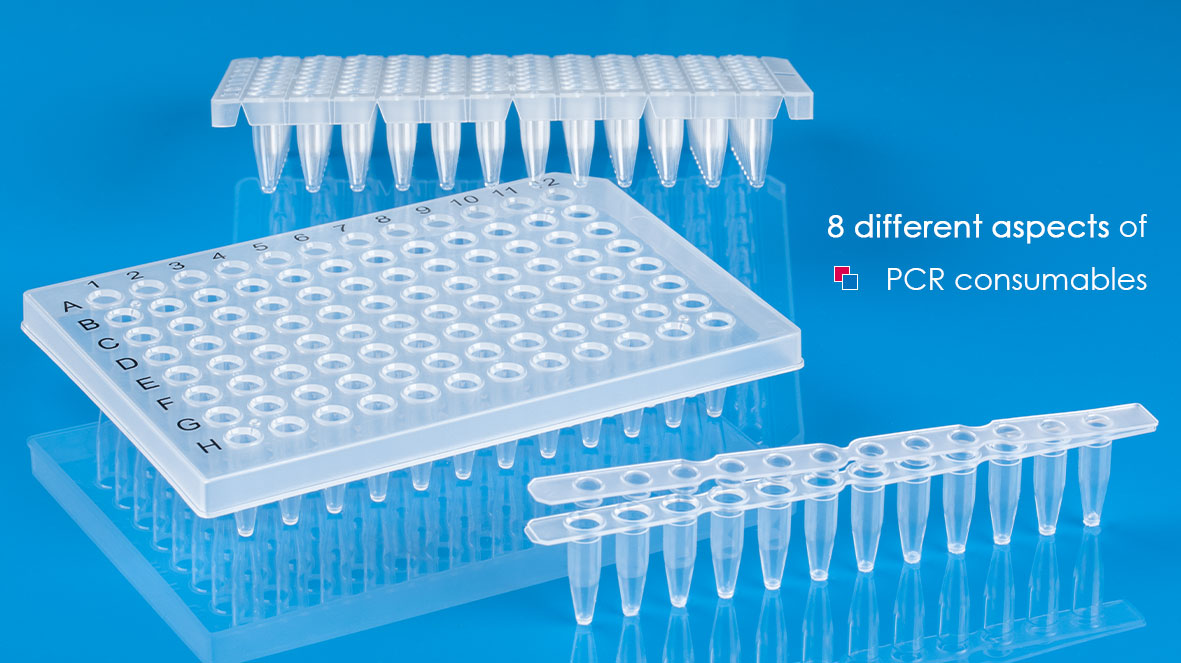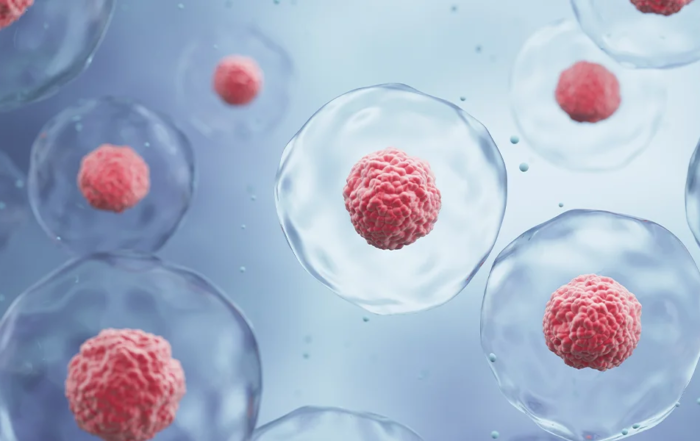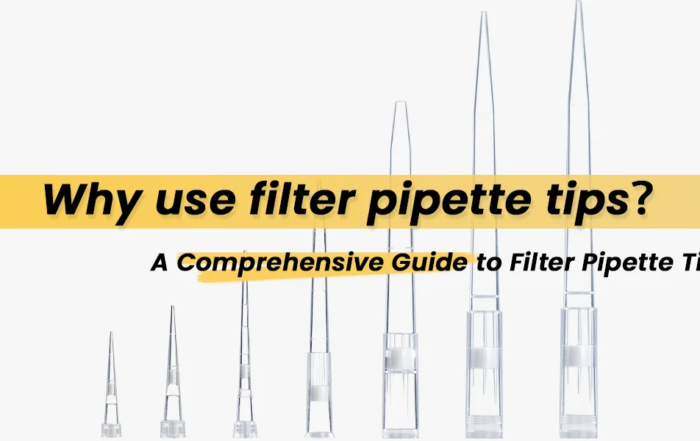Today, let’s talk about a key element in PCR experiments – consumables. As a frequent PCR visitor, it is necessary to understand the characteristics and terminology related to PCR consumables.
There are many PCR consumables on the market, with various brands, specifications, colors, etc., which are dazzling. Let’s get to know it steps by step.
1. Material
Usually, the raw material of PCR consumables is polypropylene. It is a good heat-resistant inert material. The operating temperature range is -30 to 140℃, which makes it could withstand the thermal energy change during the thermal cycle of the PCR reaction, and could well seal and protect the substances in the PCR reaction system.
2. Color
Common ones are white tubes and transparent tubes. In traditional PCR experiments, there is no difference between the two. However, in the same real-time/qPCR experiment, the white tube was relatively more sensitive and consistent for the qPCR instrument with apical signal reading (See Figures A and B below). Why is this?
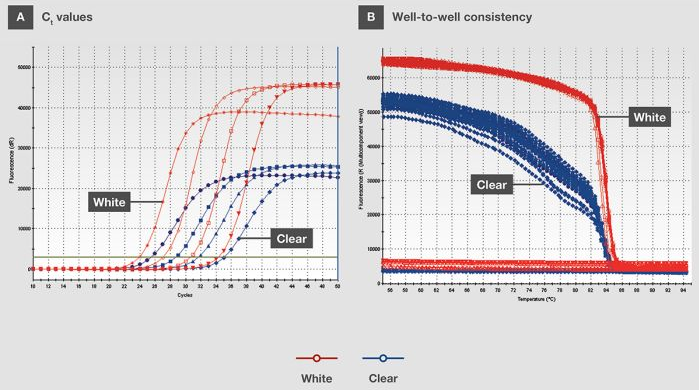
Compared with the clear tube, A: Lower Ct values obtained for white tubes; B: Better repeatability obtained with white tubes.
The core data of qPCR is the Ct value, and the fluorescence signal is the data source for the calculation of the Ct value, so whether the fluorescence in the tube could be completely transmitted to the detector is very important. The white tube wall prevents the fluorescence from passing through the tube wall and refraction (Figure A below), thereby preventing the fluorescence from being transmitted to the heating module (ie the metal hole wall where the tube is placed) and being absorbed by the module or inconsistently reflected. A stronger, more focused fluorescence signal was collected at the tip of the white tube compared to the clear tube (Figure B below).
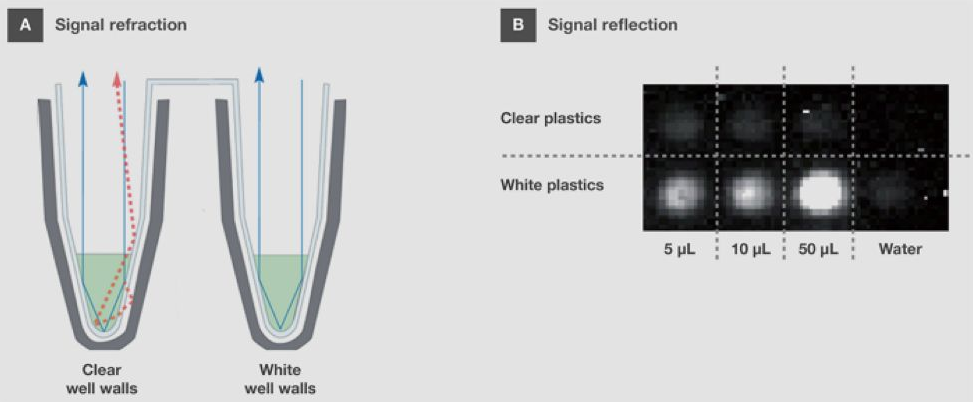
A: The trend of the fluorescent signal in the transparent tube and the white tube;
B: After adding the same amount of fluorescein, the fluorescence intensity comparison.
So, if you are using a top-reading qPCR instrument, you might as well try it with a white tube.
3. Quality (Clean or Not)
The importance of consumable quality is emphasized here. qPCR consumables must be free of contaminants and inhibitors. High pressure and radiation is able to remove bacteria and DNase, but not dust and DNA residues, which may inhibit PCR reactions or produce non-specific amplification. Substances have absorbance, and even small pollutants would absorb the fluorescence in the reaction system, affecting the collection of fluorescence signals. An exaggerated version of the experiment is used to demonstrate the effect of impurity contamination on the experiment. As shown in the figure below, an impurity was placed in one of the reaction wells of the eight tube strip. As expected, the amplification curve showed significant abnormalities.
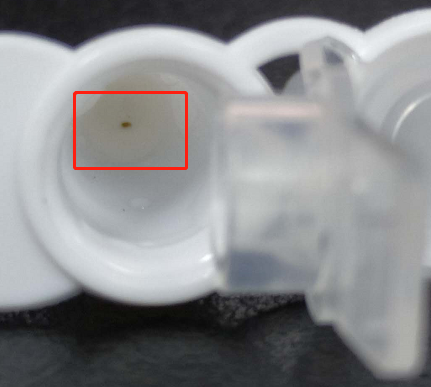
↑ Impurities in the reaction tube

↑ Repeated reaction results of 8 tube strip, the impurities in the left well make the curve “deviate”.
Tips: Be careful not to expose the consumables to the air for a long time. After taking out the consumables, be sure to seal the packaging bag quickly to avoid touching it with bare hands. If possible, please operate it on an ultra-clean bench.
4. Capacity/Size/Flux
Volume determines how many samples could be loaded (reaction volume). Dosing too much could result in reduced heat transfer efficiency, spillage, or cross-contamination; while insufficient dosing could cause evaporative loss of the sample. The heating module of the qPCR instrument would also determine the adaptable consumables and the applicable reaction system size. Throughput is easy to understand, which is the maximum number of samples that could be loaded in a single experiment. Common capacity and flux specifications are shown in the table below:
| Single tube/eight row | 0.2mL、0.1mL |
| 96-well plates | 0.2mL、0.1mL |
| 384-well plates | 0.2mL |
Capacity specifications are also commonly distinguished between standard and low profile, as shown below. Low profile consumables are lower in height. This short design minimizes the space above the reaction system (“dead volume” – the useless part), reduces the influence of evaporation during the thermal cycle, and enables the heating module to wrap it to a greater extent to improve the heat transfer efficiency. Therefore, low profile tubes are also called “fast” tubes or plates.
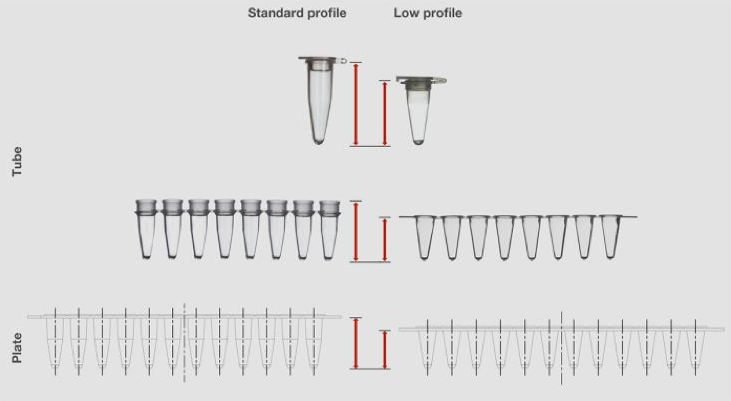
Tips: Generally, the common reaction volume is 20 µL, the low-volume reaction tubes of 0.1 mL or low profile are recommended.
5. Tube Wall Thickness
The thickness of the tube wall would affect the thermal conductivity directly. PCR consumables should have a uniform wall thickness to provide consistent heat transfer. The ultra-thin tube wall is 50% thinner than the standard version, which would further reduce the thermal barrier and bring a faster and better reaction effect. Therefore, in order to maximize the efficiency of PCR reaction and ensure a stable and efficient reaction, uniform and ultra-thin PCR consumables are the best choices.
6. Transparency
The tube cover and sealing film of qPCR need to have high optical transparency to ensure the best penetration and transmission of fluorescent signal with reduced distortion (for top-read qPCR instruments). The higher the transparency of the tube wall, it could affect the experimental results. The reason has been explained above. Traditional PCR could ignore this feature.
7. Skirt
The skirt of a PCR plate refers to the surrounding extension of the plate. This skirt acts as a stable support for the pipetting process when constructing the reaction system, and provides mechanical strength and grip when incorporating the automated workstation. There are three common types: non-skirt, half-skirt and full-skirt (corresponding to A, B and C in the figure below).
Non-skirted plates: Could be used with most PCR or qPCR instruments, but not for automated applications. Easily moved during pipetting, not very stable and needs to be used with a plate holder.
Half-skirted plate: For automated applications with good pipetting stability.
Fully skirted plates: Very suitable for automated applications. Good mechanical strength, suitable for PCR instruments with protruding modules, and high stability during pipetting.

Tips: The significance of the skirt is more to facilitate industrialization and automated batch processing, and to combine with the robotic arm. It may be less needed in the conventional research laboratory, and a non-skirted plate would suffice.
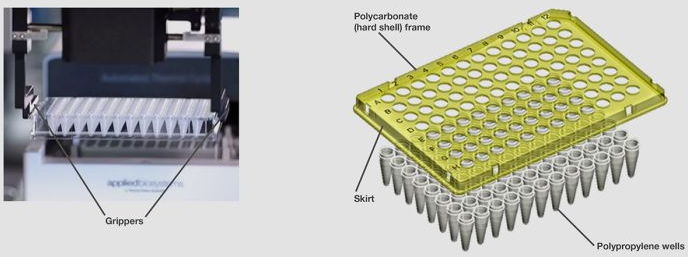
8. Sealing Film
PCR sealing film is made of transparent plastic or aluminum foil. Adhesive transparent films are more common, suitable for 96 or 384 well plates, which should have good enough light transmission. When sealing the film, a small card would be used to compress the film around the hole tightly to avoid air leakage or other phenomena.
Adhesive aluminum films may be less common. Although it is not suitable for qPCR, it is the most ideal consumable for photosensitive samples. Because it could be punctured, it is convenient for sample transfer in PCR (for traditional PCR).
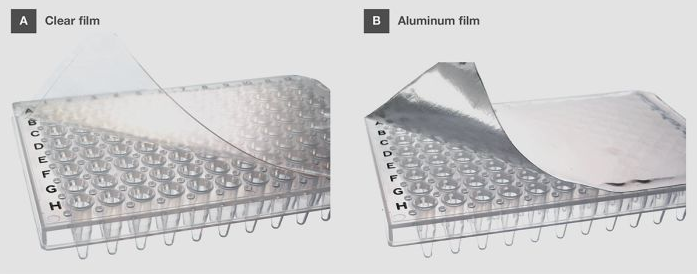
Summarize
As the carrier of PCR systems, consumables are very important to improve the quality of experimental data. We hope this sharing could help you to understand some tips about PCR consumables and provide help for a better selection of consumables.
转自Archimed Lab
Recent Posts
Earth Day in the Lab: GenFollower’s Eco‑Driven Innovations for Sustainable Science
What is Earth Day? Earth Day began in the United States in the early 1970s, when a burgeoning environmental movement on college campuses sought to awaken public consciousness towards the fragility of our planet. [...]
What is Cell Therapy Manufacturing?Essentials and manufacturing processes for cell therapies
Cell therapy is rewriting the rules of modern medicine. Imagine a treatment that uses a patient’s own immune cells, reprogrammed in a lab to hunt down and destroy cancer—this is no longer science fiction [...]
Why use filter pipette tips? A Comprehensive Guide to Filter Pipette Tips
In laboratory workflows, unseen threats like aerosol contamination, residual liquid carryover, and cross-contamination can silently sabotage experimental results. This is where filter pipette tips step in—not just as disposable tools for liquid handling, but [...]
